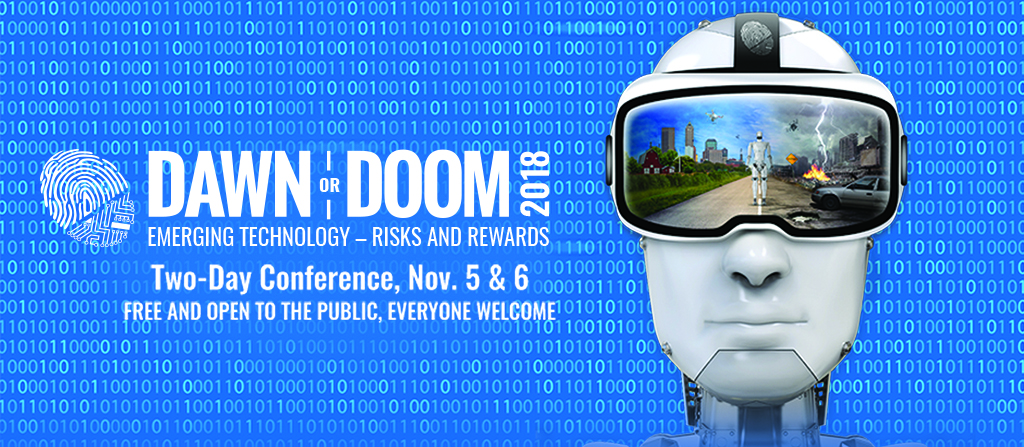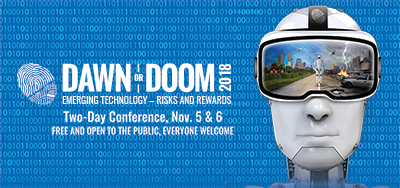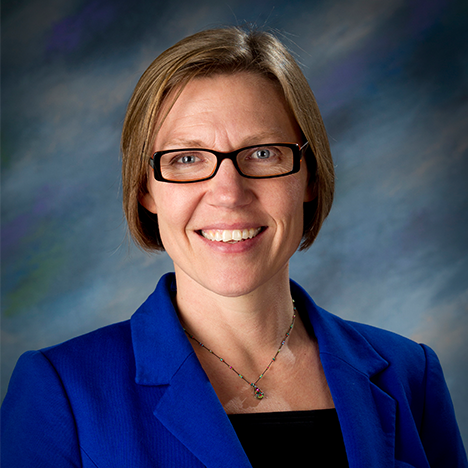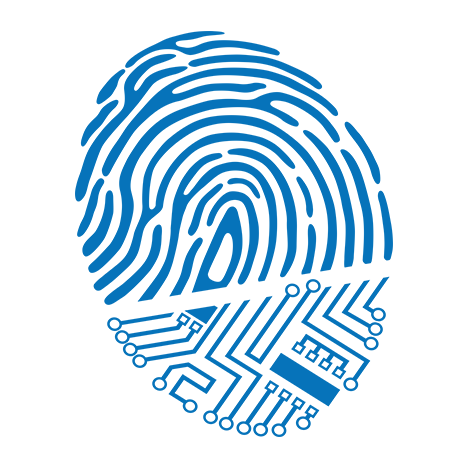

Purdue professor to talk about preventing, or at least slowing, the spread of “zoonotic” diseases from animals to humans

Purdue veterinary medicine professor Audrey Ruple says it will take a whole system change to help prevent the rise of infectious diseases, such as Zika virus.
An emotional support peacock that was refused entry on a United Airlines flight in January is an extreme example of how our boundaries with animals – whether exotic, farm, treatment or pets – are more blurred than ever before.
As more humans populate the planet and more of us fly to other parts of the world, we’re encroaching on animal habitats and carrying foreign pathogens around and back to our homes, where our dogs and cats reside. The consequence of closer proximity and more mobility is an increase in spread of infectious diseases, 70 percent of which come from animals.
Audrey Ruple, assistant professor of One Health epidemiology in the College of Veterinary Medicine, says it will take a whole system change to help prevent the rise of infectious diseases, such as Zika virus. She will give a talk titled “Chikungunya, West Nile, And Zika, Oh My! Emerging Zoonotic Viruses and the Concept of One Health,” at Purdue’s Dawn or Doom conference. The annual conference explores the risks and rewards of emerging technologies. Dawn or Doom ’18 will be held on Purdue’s West Lafayette campus Monday and Tuesday, Nov. 5-6. The conference, now in its fifth year, is free and open to the public.
Dawn or Doom is aligned with Purdue's Giant Leaps Sesquicentennial Campaign and is part of the Ideas Festival theme, Giant Leaps in Artificial Intelligence, Algorithms, and Automation: Balancing Humanity and Technology. The Ideas Festival is the centerpiece of the campaign and connects world-renowned speakers and Purdue expertise in a conversation on the most critical problems and opportunities facing the world.
Historically, Ruple says the usual suspects for zoonotic disease – diseases that transfer from animals to humans – were livestock animals, such as chickens, pigs and cows, but there’s a new pattern emerging.
“In the last few years we’ve seen disease transmission from wildlife species to humans, and we’re starting to see these diseases spread rapidly in a global way,” Ruple says. “Several of the zoonotic diseases we identified in the ‘40s and ‘50s in remote areas, mostly in Africa, stayed within the wildlife species indigenous to those remote areas for decades and decades. When the spillover from wildlife to domesticated animals occurred we saw these diseases spread rapidly into human populations worldwide.”
Ruple points to myriad reasons for today’s rapid disease spread, among them climate change, globalization, widespread travel and land use, all of which tend to expand the range of humans and animals and increase the contact between them, as well as speed transmission of diseases.
A simple technological solution is using wearable devices to detect diseases earlier. Ruple gave the example of Stanford University employing Apple watches for heart rate monitoring. When a heart rate became irregular, the person wearing the watch was alerted to sit down or take action. Similar techniques might be applied to disease symptom monitoring.
Ruple is a proponent of a concept called “One Health.” She came from a social work background and sees the benefit of improving animal health side-by-side with people health, the core of the One Health approach. In addition to zoonotic disease transmission, at Purdue veterinarians and other scientists are looking at the similarities of non-infectious disease conditions, like various types of cancers, between dogs and humans.
“[Dogs] are sleeping in our beds, drinking our water, eating our table scraps, sharing our environmental exposures – they’re a good model for how cancers develop, but they’re also a good model for aging,” she says. “In fact, dogs may hold the key to how we can successfully extend the healthy aging process in humans.”
Because dogs age more rapidly than humans, they’re a good species to study for how to extend the “middle age” part of the life cycle. Not only do humans’ most trusted companions get to live longer, but the humans themselves might live longer, too.
“There’s this overlap between humans, wildlife, livestock, and companion animals,” Ruple says. “What impacts one species, typically impacts all species. We’re not going to have optimal health in humans without improving animal health as well.”
Dawn or Doom ’18, part of Purdue’s 150th anniversary celebration, features four tracks: Machines, Mind, Body and Data. Featured speakers at the conference include Frank Pasquale, law professor at the University of Maryland who specializes in artificial intelligence law, Naomi Grewal, global head of insights at Pinterest, and Nicholas Carr, author of New York Times best seller “The Shallows: What the Internet Is Doing to Our Brains.” Visit the Dawn or Doom website for more information about the conference and a full list of speakers.
Writer: Kirsten Gibson, technology writer, Information Technology at Purdue, 765-494-8190, gibson33@purdue.edu
Last updated: October 22, 2018


